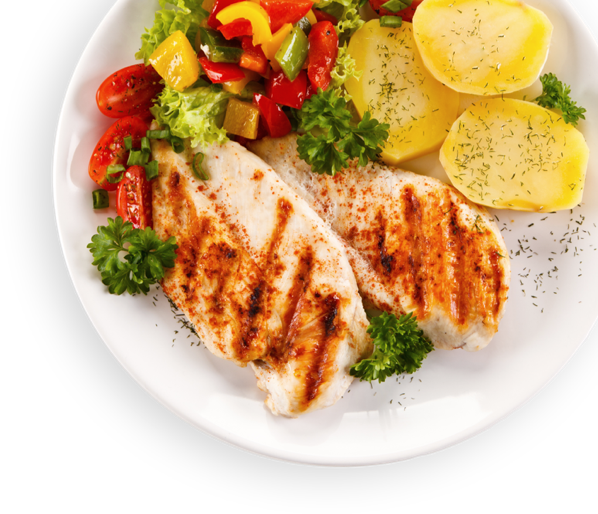Apr 14, 2020
Covid-19 Foodservice Ventilation Procedures
With most restaurants having to close their doors until the Covid-19 pandemic is over, here are the procedures to properly shut down your Gaylord systems.
April 14, 2020
Gaylord Equipment Shutdown Procedure
With most restaurants having to close their doors until the Covid-19 pandemic is over, I’d like to share the procedure for properly shutting down your Gaylord systems.
In some cases, the kitchen hood(s) are used as a relief for fresh air being brought into the building for heating or cooling. It is recommended that you confirm the role of the hoods with regards to building’s general ventilation prior to completely shutting down. Larger projects such as schools, businesses, or restaurants with spaces in common with other essential businesses could be affected.
I recommend if the hoods are completely shut down the cooking equipment without exception must be de-energized, and gas valve(s) closed. Failure to do so would render the Fire Protection system incapable of properly addressing fire, space pressurization, and the ventilation of products of combustion.
For proper shutdown of cooking equipment please consult your equipment technical manual.
Prior to closing the kitchen, the XGS Extractors (filters) and grease drawer must be removed and cleaned. The grease gutter should be wiped out using hot water and detergent. Care should be taken when removing the extractors, especially over fryers. It is recommended that the cooking equipment be cooled down and fryers be covered prior to removing any extractors.
If equipped with UV, make sure the UV light module located in the hood's plenum behind the XGS extractors turns off. If it does not turn off, turn off the power to each hood section at the building breaker panel.
The extractors may be cleaned either by using the dishwasher or by soaking in a deep well sink using hot water with a degreasing detergent, then scrubbed and rinsed. Gaylord Formula G-510EF detergent is recommended for this application.
With extractors removed, inspect the back wall and the underside of the exhaust plenum for grease and lint.
- If accumulation is found, remove it with hot water and detergent.
- Wipe and clean the grease gutter with hot water and detergent.
- Remove the grease drawer, clean and replace in the hood.
- Once clean and dry, return the XGS extractors to the hood installing them with the openings running vertically.
If your system includes UV, the UV lamps located behind the XGS extractors will need to be wiped clean of any grease and lint using hot water and detergent. Note that the UV light should be off before proceeding with any of the items listed above. Failure to maintain the cleanliness of the lamps will reduce the system’s ability to reduce the build-up of grease and debris on the exhaust ducts and fans when the system is restarted.
Each UV hood section should be turned off at the building breaker panel.
NOTE: Systems with UV lights will have one 120 volt/20 amp breaker per two hood sections as well as a 208 volt breaker for the UV circuit.
If your system is equipped with the water wash function the detergent reservoir should be removed from the cabinet and resealed to prevent spills or contamination. If this shutdown lasts more than a couple of months the detergent can increase in viscosity to the point where it will not pump through the system.
Prior to removing the reservoir, loosen the gray top cap at the top of the clear plastic pump head to allow detergent contained in the injection line and pump to drain into the detergent reservoir.
- A wash test should now be run to ensure the detergent injection line is clear of detergent.
- Once clear of detergent the reservoir can be removed.
- The detergent tubing between the detergent pump and the detergent reservoir should be removed and rinsed clean of detergent with hot water to ensure they are clean and dry.
- Detergent fittings should be checked for tightness and tightened as needed.
- Power to all cabinets should be turned off at the building breaker panel.
- Turn water off inside the wash control panel so that in the unlikely event of a plumbing failure in the wash system it will not cause water damage while the kitchen is unoccupied.



